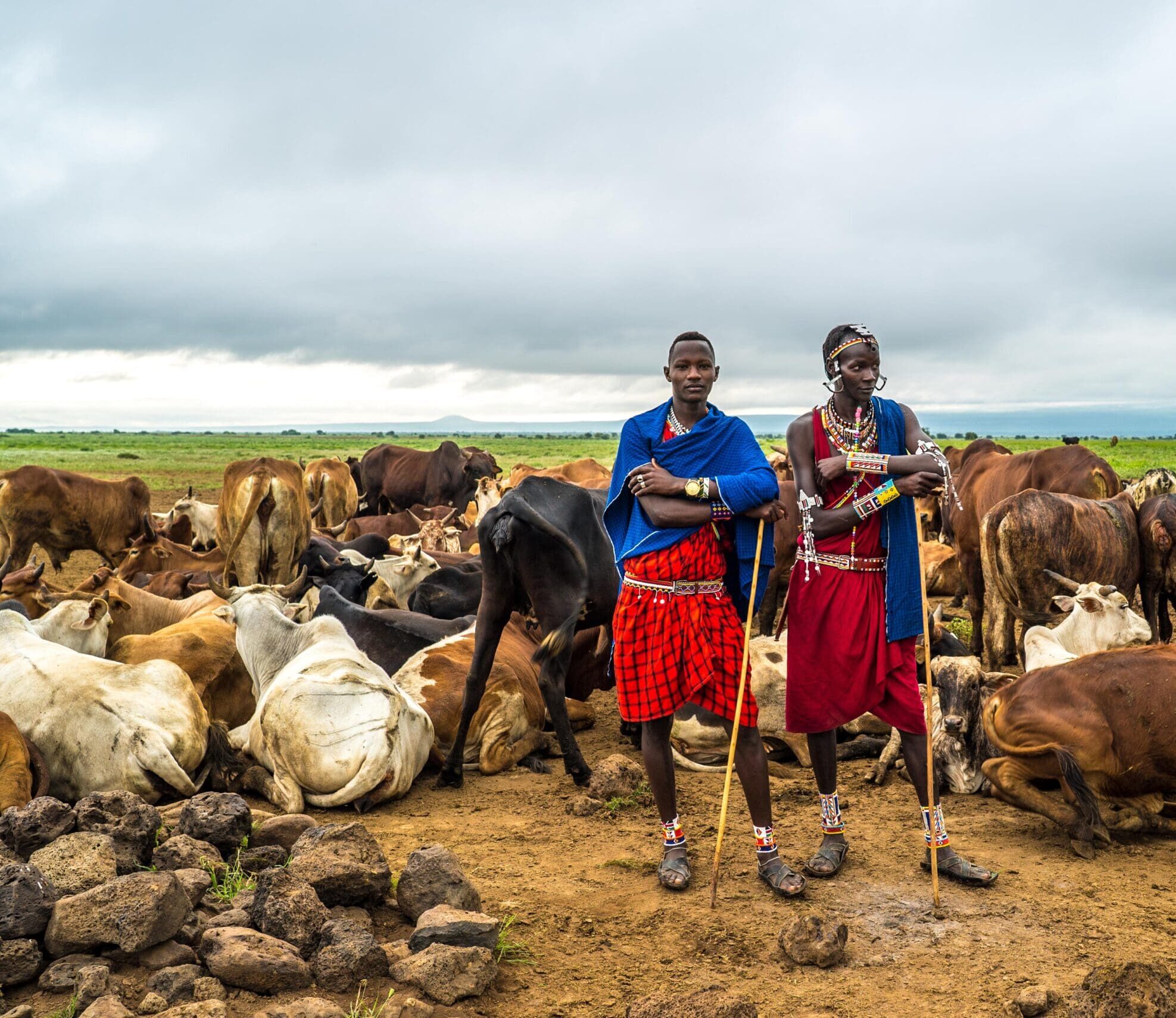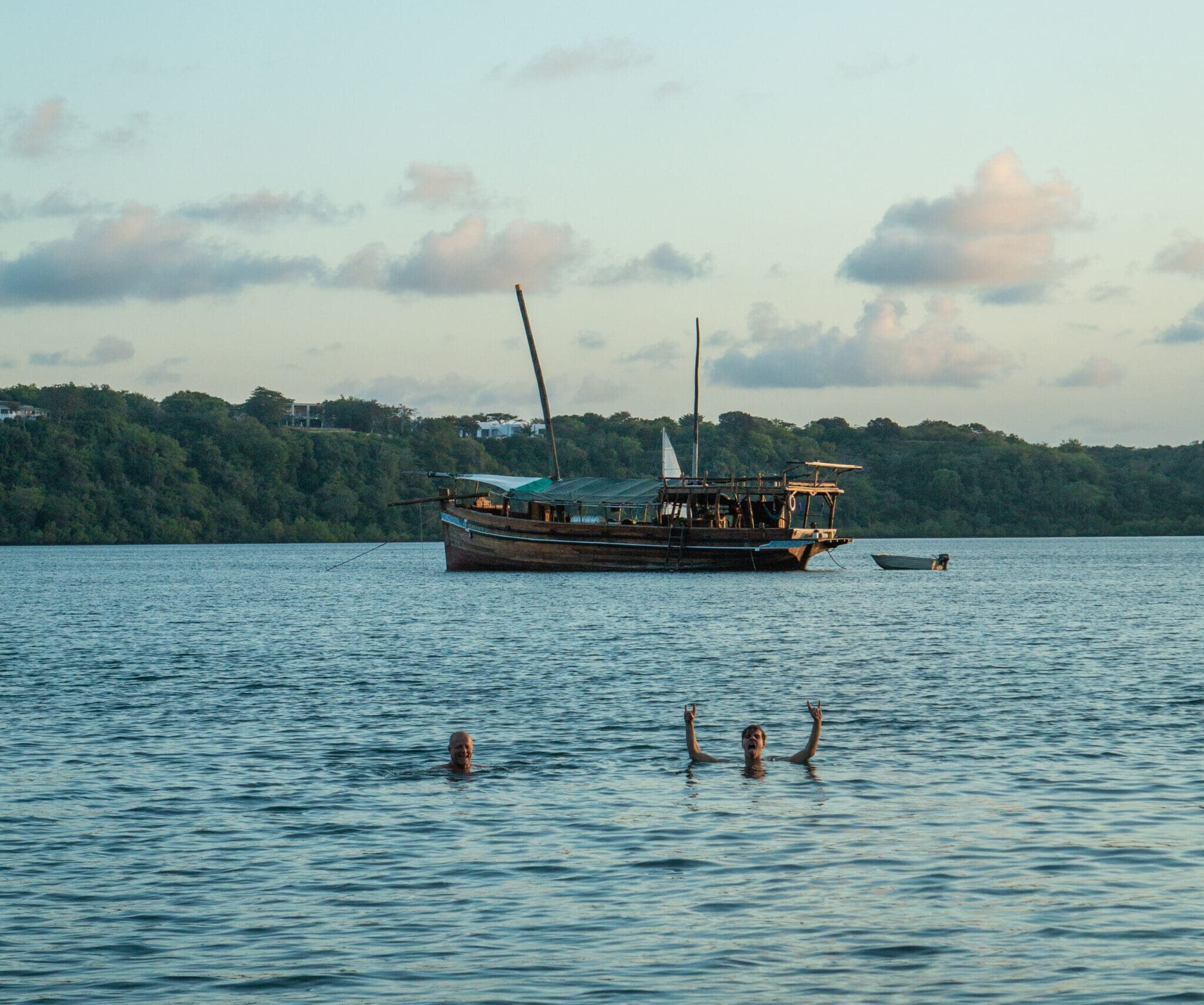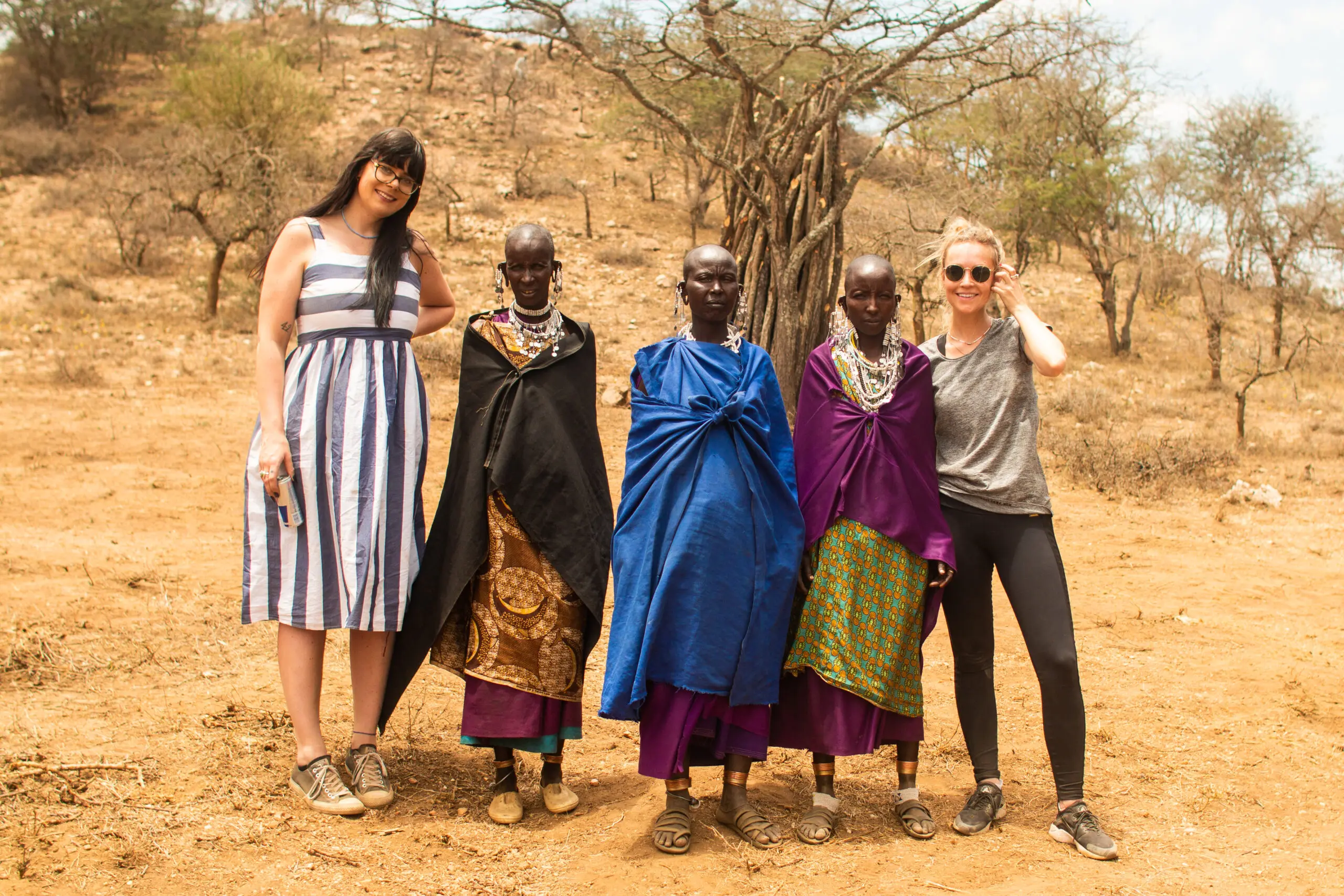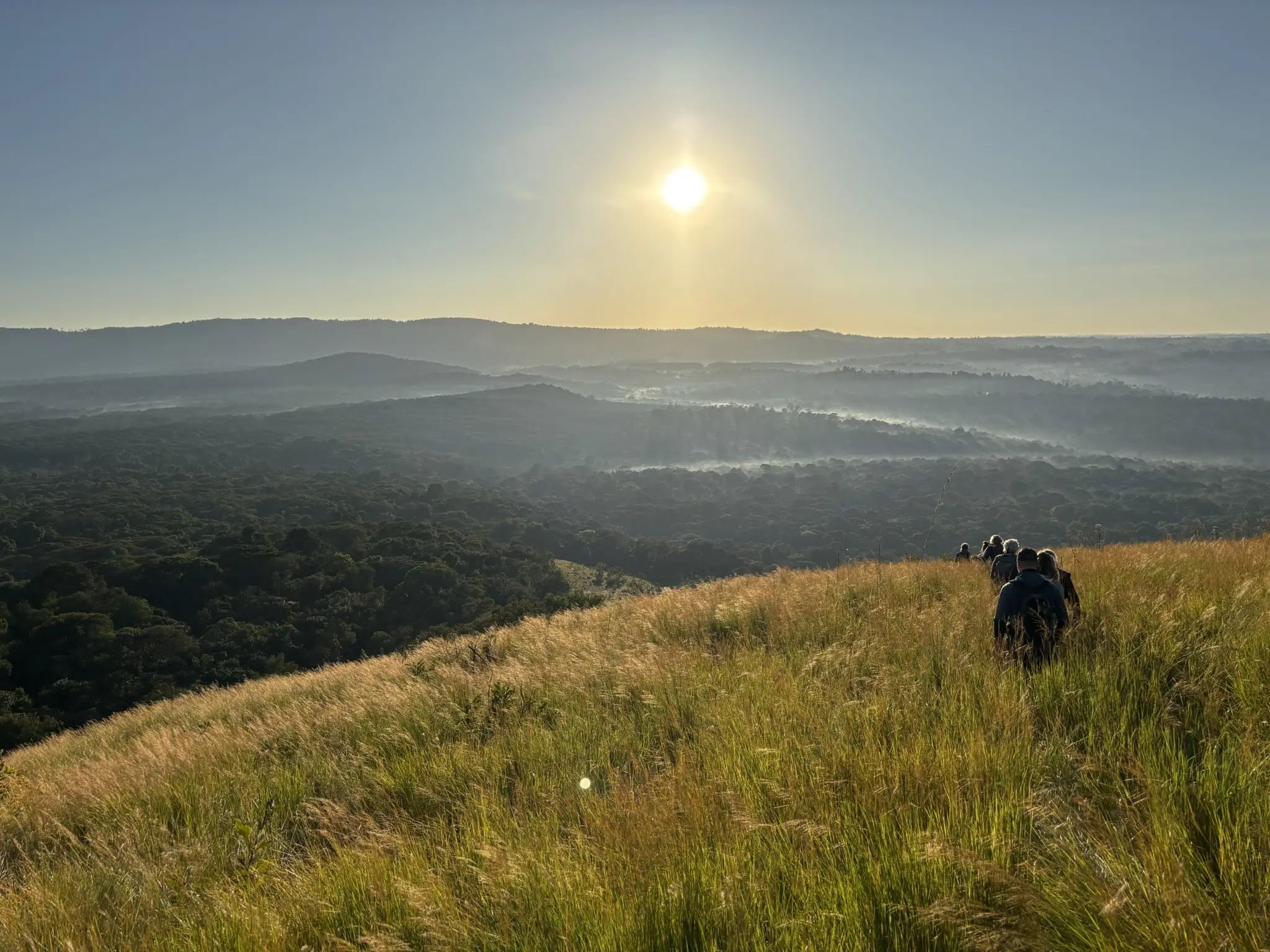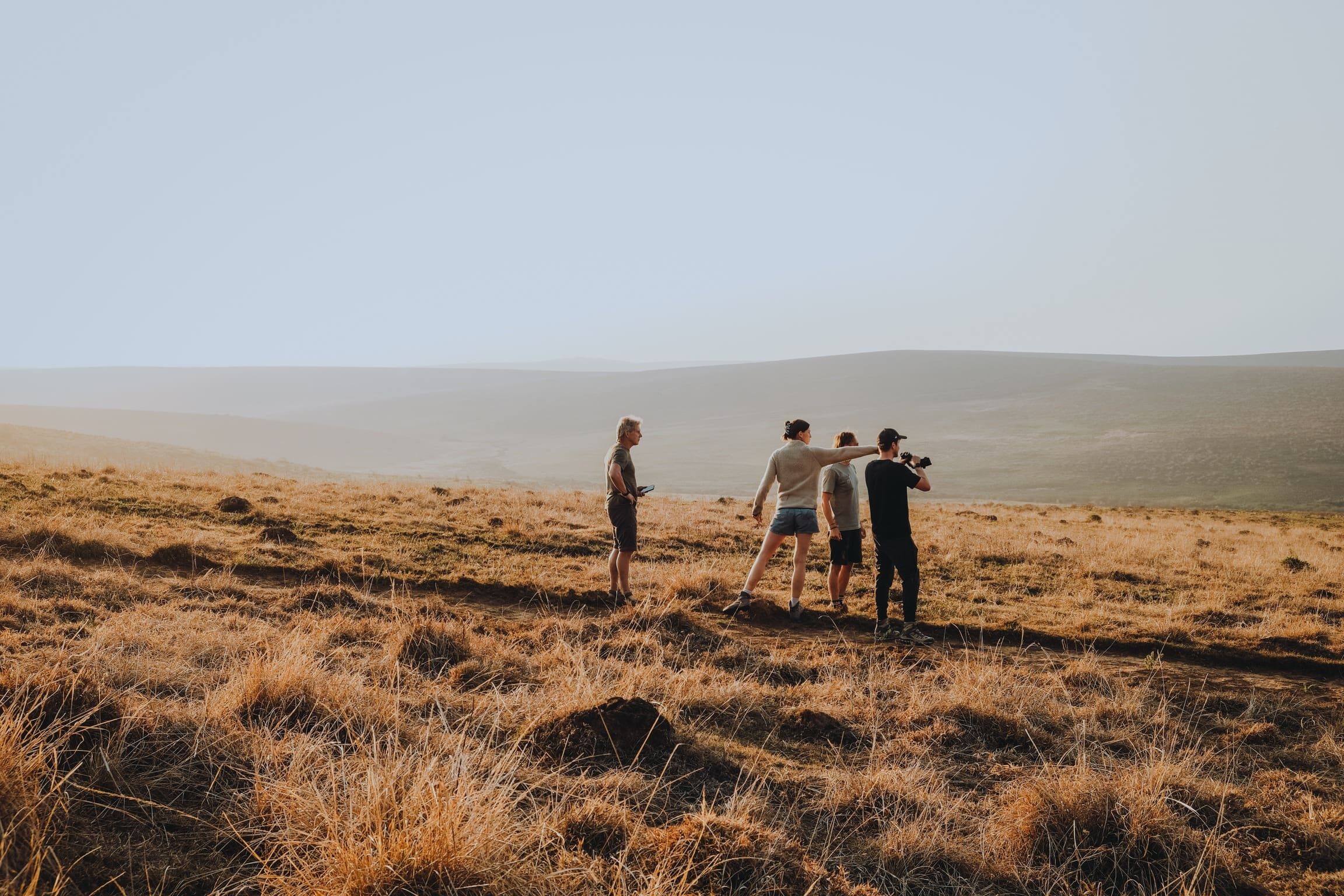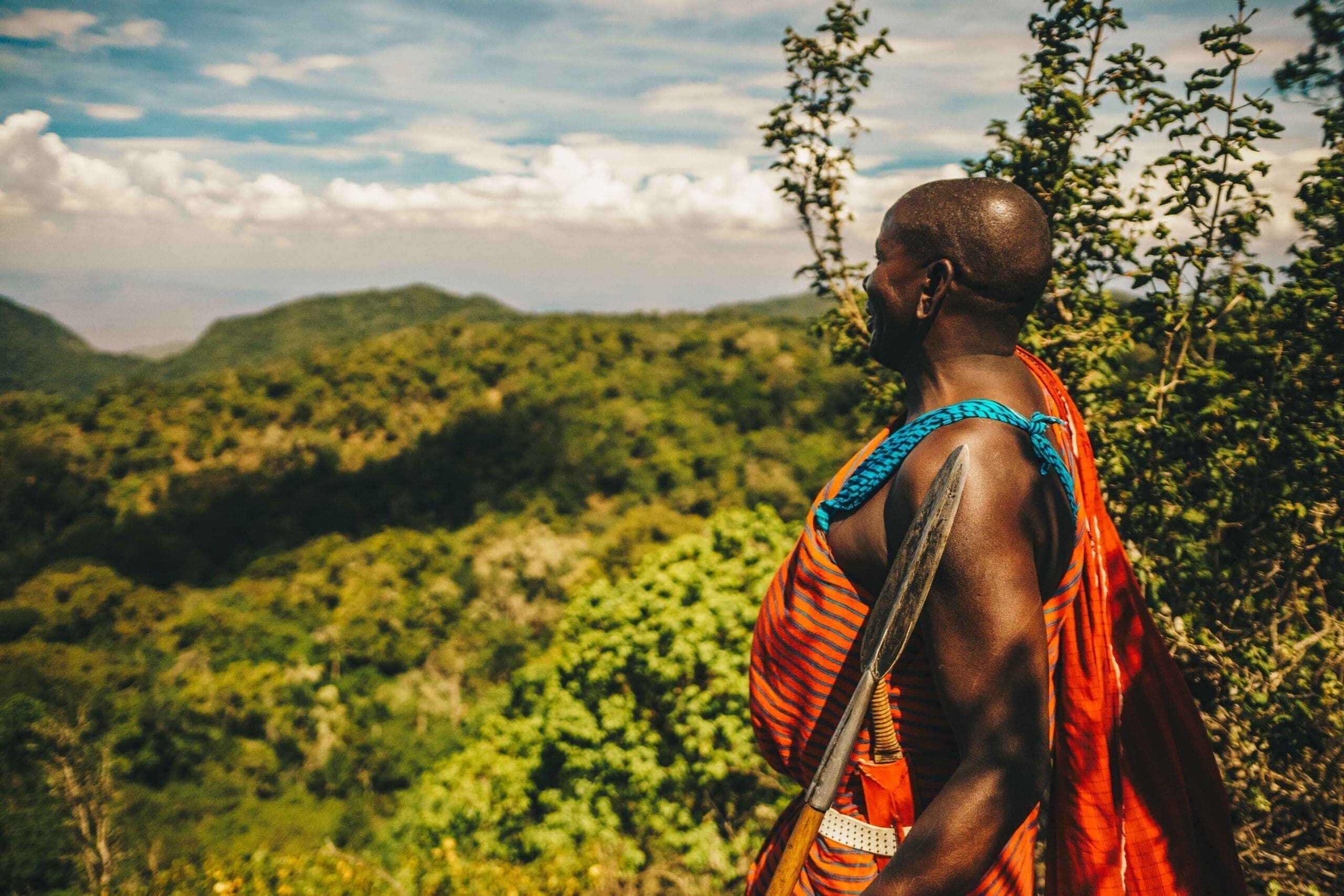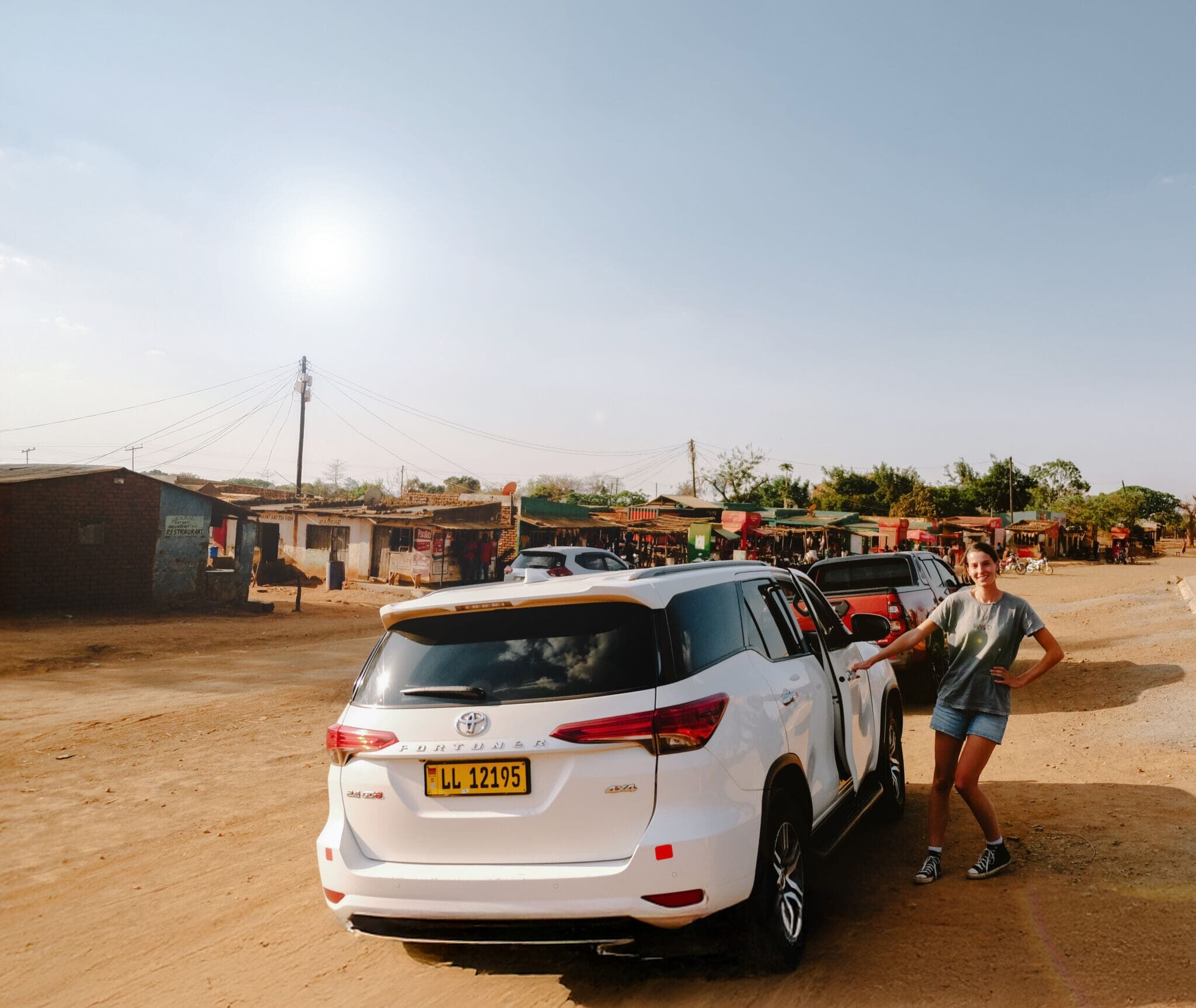Angola, an introduction
Angola is a rugged and undiscovered part of southwest Africa. It borders Namibia, Zambia, the Democratic Republic of Congo and the Atlantic Ocean. The country is vast, wild and full of surprises and still barely discovered by travellers. The capital, Luanda, is buzzing with energy. You will find colourful markets, colonial buildings and lively streets, a place where old rhythms and modern chaos come together. The best time to visit Angola is between June and September, during the dry season. The sun shines brightly, the roads are in good condition and the landscapes are absolutely breathtaking.The history of Angola
Angola’s history is rich and intense. For centuries it was a Portuguese colony, and you can still hear and feel that influence today. Portuguese is the official language of Angola, and the local music and cuisine carry a unique mix of African and European flavours. In 1975, the country became independent, but the following years were marked by civil war. Since 2002, Angola has been undergoing an impressive reconstruction. You can feel it everywhere, from the warm smiles of the locals to the fresh energy flowing through the country. The population, around 39 million in 2025, is growing rapidly, and about one in five Angolans lives in or around the capital Luanda.What to do in Angola
Nature and National Parks
Angola is a paradise for nature lovers. The landscapes are incredible and often completely untouched by tourism. Kissama National Park is just a few hours drive from Luanda and perfect for a short birding safari. In this rugged, restored park, you can spot elephants, giraffes, antelopes and buffalos among the acacia trees. In the southwest lies Iona National Park, on the border with Namibia, a dry, otherworldly landscape of sandy plains, strange rock formations and traditional Himba communities. Also special is Cangandala National Park, known for the rare giant sable antelope, Angola’s national symbol. For the most spectacular view in the country, drive to the Tundavala Rift near Lubango, a dizzying gorge stretching far into the horizon.Coast and Beaches
Angola’s west coast is long, wild, breathtakingly beautiful and one endless shoreline. In Luanda, you will find laid back city beaches like Ilha do Cabo and Mussulo Island, where locals spend their weekends enjoying the sun, music and seafood. Caboledo, just south of Luanda, is known for its surfing spots and beach bars serving delicious cocktails. Further south, the beaches of Namibe and Tombwa offer dramatic scenery where sand dunes disappear into the Atlantic Ocean, and you can walk for hours without meeting a soul. Baía Azul near Benguela is perfect for snorkelling, diving or simply relaxing with a view of crystal blue water.Culture and Cities
Angola is home to more than ninety ethnic groups, each with its own traditions. In the south, the Himba still live partly in the traditional way, while the Ovimbundu and Kimbundu are the largest groups. One thing you will quickly notice is that Angola is bursting with music. Kizomba and Sembe were born here, so rhythm is never far away. The capital Luanda, with its eight million residents, is a city of contrasts, chaotic and colourful, modern and historical at once. Colonial buildings, street art, live music and the scent of fresh fish and grilled chicken fill the streets. Benguela has a relaxed atmosphere with Portuguese colonial architecture and beaches within walking distance, while Huambo and Lubango sit high in the mountains, offering old railway lines and panoramic views.Adventure in Angola
For bird lovers, Angola is a hidden paradise. With hundreds of unique species, birding here is an adventure in itself. If you are up for a challenge, hike to the top of Morro de Moco, the highest point in the country, and enjoy panoramic views over the endless highlands. The best way to experience Angola is through an adventurous road trip. Drive through rugged mountain passes, along deserted beaches and through authentic villages. Along the way, you can wild camp in incredible spots surrounded by pure nature, with only the sounds of birds around you.Safari in Angola
Angola is not your classic safari destination. Many parks lost much of their wildlife during the civil war, but restoration efforts are in full swing and there is still plenty to see. Kissama National Park (Quicama) is Angola’s most famous safari park. It is close to Luanda, making it easy to reach. Here, you can spot elephants, giraffes, antelopes, buffalos and even a few lions. Safaris are usually organised from small, personal lodges. Another safari destination is Iona National Park, located on the border with Namibia in the far south. It is larger, wilder and has an otherworldly charm. You do not visit Iona mainly for the animals, but for its unforgettable scenery and culture. Iona is spectacular for photographers, the combination of desert landscapes, unique flora and the Himba community is truly one of a kind. Other parks such as Cangandala and Luando focus mainly on restoring rare species like the giant sable antelope, Angola’s national symbol.Safe travel in Angola
Travelling in Angola takes some preparation, but with the right planning it is absolutely doable. The travel advice from the Ministry of Foreign Affairs is generally positive for most parts of the country, though caution is still advised. Large cities like Luanda are safe enough with normal awareness, though pickpocketing does occur. Travel to the far north, especially around Cabinda and near the Congo border, is sometimes discouraged due to local tensions. The southern regions and the coastline, however, are safe and increasingly accessible. Roads are generally in fair condition, though outside the cities they can quickly become rough. Many travellers choose to hire a driver or guide rather than drive themselves, not only safer but also more relaxing, since traffic rules are not always clear. Angolans are proud, warm and curious about visitors. A smile opens many doors, especially outside the cities where tourists are still rare. English is not widely spoken, so learning a few Portuguese words goes a long way.Road trip through Angola
A road trip through southern Angola means pure freedom. Drive from Lubango via the iconic Serra da Leba Pass and the Tundavala Rift to the coast of Namibe. Along the way, you will pass villages, markets and breathtaking views. Hiking in the mountains of Serra da Leba is an adventure in itself, especially with a local guide who knows the area like the back of their hand. The Kalandula Falls in Malanje are among the largest waterfalls in Africa, even wider than Victoria Falls, surrounded by tropical greenery and often completely empty of tourists. The Dala and Ruacaná Falls are equally impressive, especially since you will likely have them all to yourself.Frequently asked questions about Angola
Is Angola safe for tourists?
- Travelling in Angola is generally possible, but you need to prepare well. Crime occurs regularly in the capital, Luanda. As in many countries, it is advised not to walk alone at night. Most tourists travel with an organised itinerary through a travel company.
How long is the flight to Angola?
- There are no direct flights from Amsterdam Schiphol to Luanda, the capital of Angola. With a layover, for example in Lisbon with TAP Air Portugal, the trip takes about 10 to 12 hours.
Do you need a visa for Angola?
- No, you receive a stamp in your passport upon arrival.
What is the capital of Angola?
- The capital of Angola is Luanda, a busy port city on the Atlantic coast and the country’s economic heart.
What language do they speak in Angola?
- The official language is Portuguese. In addition, dozens of local languages are spoken such as Umbundu, Kimbundu and Kikongo. In tourist areas, you can sometimes get by with English, but not everywhere.
What is Angola known for?
- Angola is known among travellers for its wild nature, welcoming people and authentic African culture. The country boasts spectacular landscapes from the dry Namib Desert in the south to tropical rainforests in the north and is rich in diamonds and oil.
What religion do people follow in Angola?
- Around 80 percent of the population is Christian, mainly Roman Catholic or Protestant. There are also traditional African religions and a small Muslim community.
What is the most beautiful safari park in Angola?
- Iona National Park is often considered the most beautiful and well known park in Angola. It is located in the southwest near the Namibian border and is one of the oldest and largest parks in the country. You will find surreal desert landscapes, wildlife such as giraffes and oryxes and traditional Himba communities.
What is the best time to visit Angola?
- The best time to visit Angola is between June and September, during the dry season. The sun shines brightly, the roads are accessible and the landscapes are breathtaking.
Which vaccinations do you need for Angola?
- Upon arrival in Angola, you must show proof of a yellow fever vaccination. Malaria is present in many regions, so preventive medication is recommended. Other suggested vaccinations include DTP and Hepatitis A and B. Always consult your local travel clinic or health authority before departure for personal medical advice.
